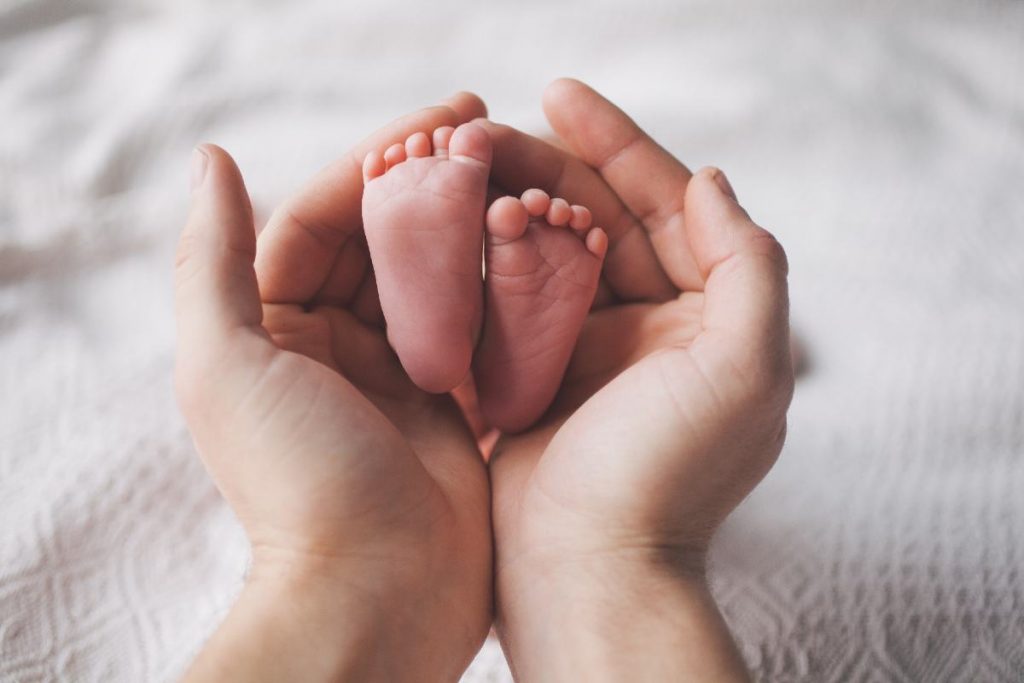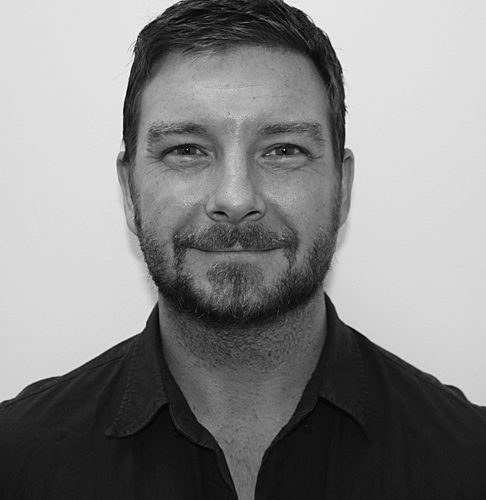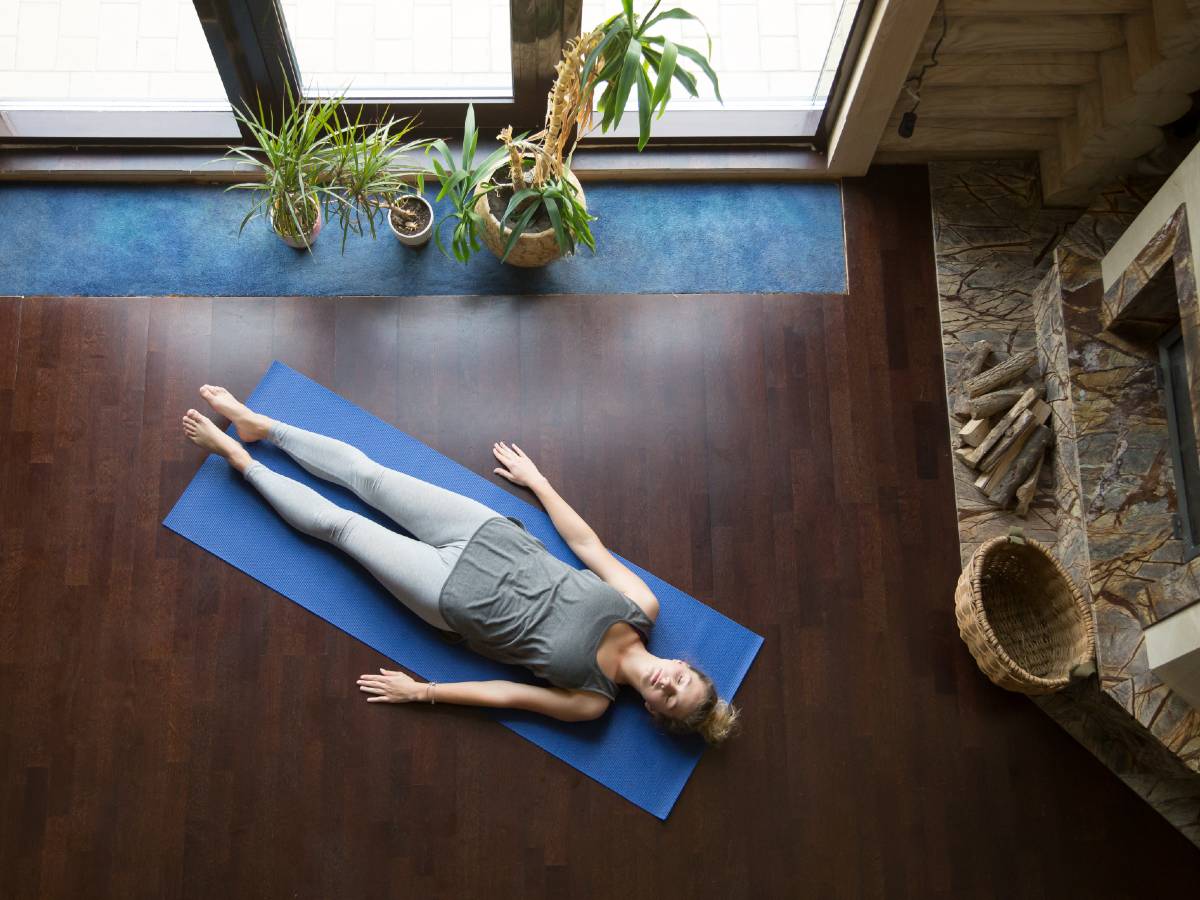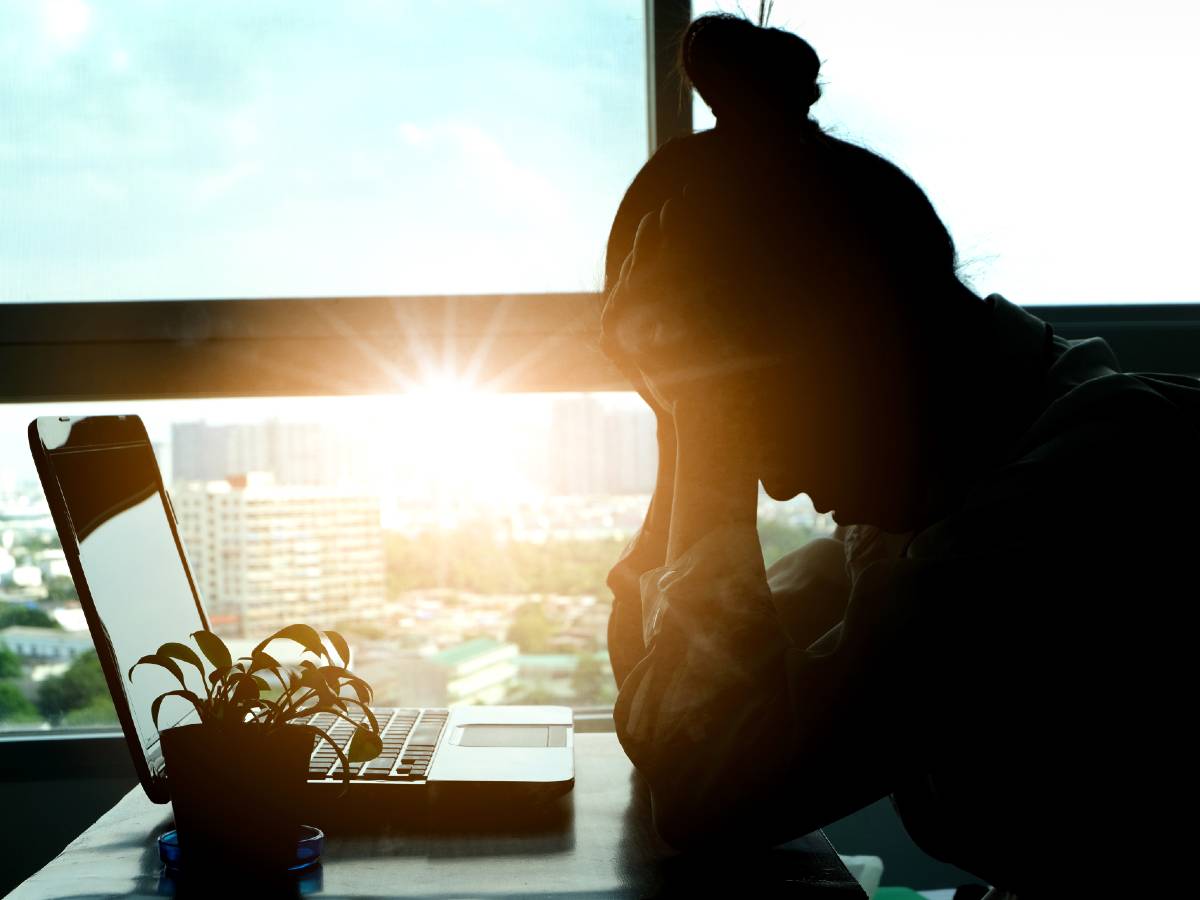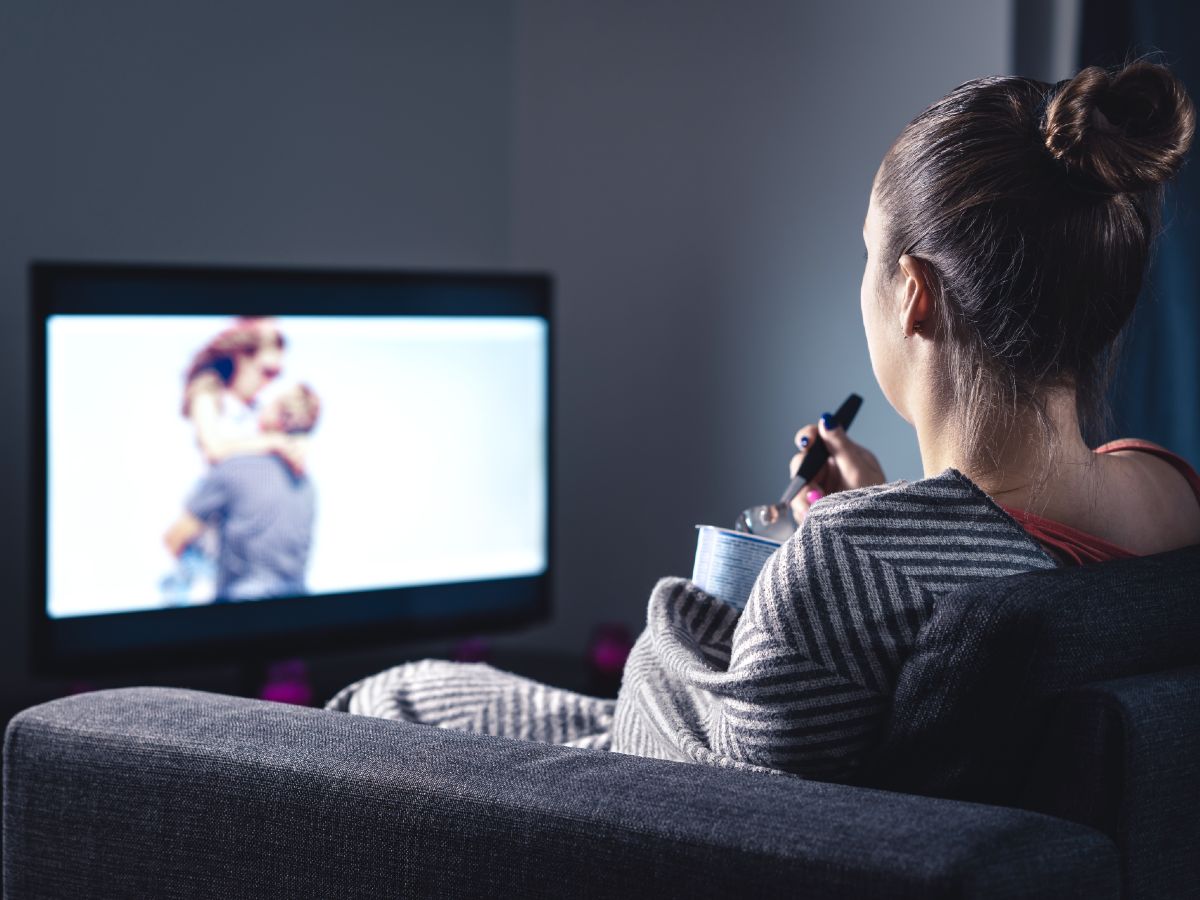Acupuncture, postnatal anxiety and sleep
Having a new baby at home is a time of emotional upheaval, even under the best of circumstances. Regardless of whether it’s your first baby or not, anxiety can be a common feeling during this time. But for some women, this feeling can grow, and begin to interfere with her ability to enjoy and take care of her new baby and herself. Postnatal anxiety and insomnia can range anywhere from being a mild case of the jitters right through to being severe, and can start suddenly straight after birth, or appear gradually in the weeks and months during the first year.
Symptoms of postnatal anxiety
Symptoms of postnatal anxiety can include:
- Persistent, generalised worry – sometimes it can be focused on the health of your baby or yourself
- Feeling nervous or edgy, or feeling close to panic
- Having abrupt mood swings
- Obsessive or compulsive thoughts/behaviours
- Lacking energy and constantly feeling tired
- Getting easily annoyed or irritated
- Having little or no interest in the things that normally bring you joy
- Losing interest in intimacy
- Feeling angry
- Finding it difficult to focus or concentrate, having brain fog
- Insomnia or sleep difficulties
Worldwide estimates of the prevalence of postnatal anxiety and depression range from 13-40% of new mothers. In Australia, it has been estimated to affect 20% of new mothers, impacting 100,000 families in Australia every year. Statistics for postnatal insomnia are harder to come by, but a study from Norway found that insomnia affected 60% of women in the period between 32 weeks pregnant through to 8 weeks after the baby has been born, and was still affecting 41% of mothers at 2 years postpartum.
Chronic insomnia is considered to be disrupted sleep that occurs at least 3 nights a week, and has been happening for at least 3 months. It may involve difficulties with falling asleep or staying asleep, or you may be waking earlier than you need to and can’t get back to sleep. Anxiety and insomnia often go hand in hand, with one feeding the other. The more anxious you are feeling, the harder it can be to relax and fall asleep easily; and conversely, when you are not getting enough sleep, your emotional state becomes harder to maintain.
How you can help yourself sleep
The first thing you want to do is to create a pro-sleep environment – keep your bedroom cool, dark and quiet. Obviously if you are co-sleeping or sharing the bedroom with your baby, it will change things. Most sources recommend a temperature of between 18-22 degrees as being optimal. Try to keep your screens out of the bedroom – TV watching, internet browsing and Instagram checking should all be done away from the bed, and preferably not in the hour before you’re trying to go to sleep.
Try and keep a regular bedtime, and a familiar routine before going to sleep. Our bodies respond well to routine, so doing the same thing in the lead up to bedtime helps to tell your body that it’s time to go to sleep. This routine may include having a shower or bath, reading, listening to a podcast or meditation app, but can be anything that helps you wind down. Doing the same things at the same time every night can help to get your sleep back on track. But try to keep it simple, so that you can adapt as your baby’s sleep and feeding routines change.
If you find yourself waking through the night spontaneously, away from having to feed or settle your baby, and can’t get back to sleep, it can be best to get out of bed for a while and do something that is both absorbing and calming – reading a novel (on paper or Kindle, not with a backlit screen) or listening to a podcast or book on tape I find are usually the best. This is especially good if you wake up and your mind immediately starts worrying or planning what you need to do the next day, as it can distract you long enough to reset. After 20-30 minutes, or when you start to feel sleepy again, head back to bed.
How to reduce anxiety
To reduce anxiety, you want to use techniques that help to induce the “relaxation response”, a term coined by Dr Herbert Benson from the Harvard Medical School in the 1970’s. The relaxation response is basically your ability to encourage your body to release neurotransmitters and brain signals that make your muscles and organs slow down, and increase blood flow to the brain. It is essentially the opposite of the “fight or flight” response. This can be down in a number of ways, including Progressive Muscle Relaxation, meditation, and deep breathing techniques. None of these techniques need to take a long time to get the benefits. Just finding a quiet 5 minutes a day to practice can be a huge help.
1. Progressive Muscle Relaxation (PMR)
PMR is a way to relax the mind and body, and can be used in times when you are feeling more anxious, or as a daily practice to keep stress at bay. It involves systematically working through the body, tensing and releasing all your muscles, along with deep breathing. This article gives an easy description on how you can practice yourself.
2. Meditation
There are many different styles of meditation, and many different ways of practicing. It doesn’t really matter which you do, but find one that suits you and that you’re going to be able to do every day. Consistency is key for getting the calming benefits of meditation. A couple of apps that I like to get you started are HeadSpace (free beginners course) and Smiling Mind (all free).
3. Deep breathing techniques
When we’re feeling anxious, we often breathe very shallowly, only using the top part of our lungs, and not fully engaging our diaphragm muscles. Breathing in this manner can actually increase our symptoms of anxiety, due to reduced oxygen intake causing lightheadedness, increased heart rate, and muscle tension. To counter this, you want to breathe deeply down into the abdomen, which allows our lungs to expand fully, which in turn switches off the stress response.
The most simple deep breathing exercise is just to place one hand on your belly and one on your chest. Breathe deeply into the abdomen, so that you feel the hand on your belly rise, and the hand on your chest not move so much. This can sometimes cause more lightheadedness initially as the body starts to receive more oxygen. If this is the case, practice initially while lying down. Otherwise this can also be done sitting or standing.
Learn more about how acupuncture and Chinese medicine can both help with anxiety and insomnia.
References
Field, T. (2017). Postpartum anxiety prevalence, predictors and effects on child development: a review. Journal of Psychiatry and Psychiatric Disorders, Published 2017.
Harvard Health Publishing (2018). Relaxation techniques: breath control helps quell errant stress response. [Online] Available at: https://www.health.harvard.edu/mind-and-mood/relaxation-techniques-breath-control-helps-quell-errant-stress-response
National Sleep Foundation (2018). What is insomnia? [Online] Available at: https://www.sleepfoundation.org/insomnia/what-insomnia
Perinatal Anxiety and Depression Australia (PANDA) (2019). Signs and symptoms of postnatal anxiety and depression. [Online] Available at: https://www.panda.org.au/info-support/after-birth/symptoms-of-postnatal-anxiety-and-depression
SANE Australia (2018). Perinatal mental illness – Factsheet. [Online] Available at: https://www.sane.org/information-stories/facts-and-guides/perinatal-mental-illness
Sivertsen, B., Hysing, M., Dorheim, S. & Eberhard-Gran, M. (2015). Trajectories of maternal sleep problems before and after birth: a longitudinal population based study. BMC Pregnancy and Childbirth, 15 (129).

